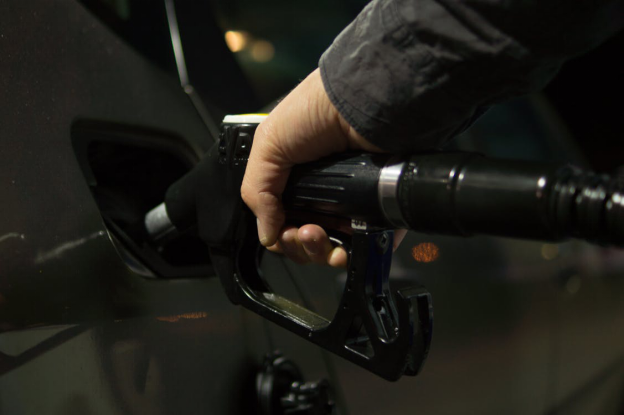
The math simply doesn’t add up, and the worst part is that you may not even be aware of it. We’re talking about fuel variance—when the amount of fuel received is not equal to the amount dispensed to consumers. In slightly more technical language, it is the difference between the actual amount of fuel and the recorded amount of fuel at any given time in your tanks.
Fuel variance is caused by a host of different factors, such as leaks and theft causing physical fuel losses. Others are far less obvious and not as easily detected. Many retailers pay little to no attention to them, but if you value your bottom lines, you’d do well to learn how to deal with them.
Impact of Fuel Variance on Revenue
With respect to fuel, most C-stores generate net profit percentages that run in single digits. That is to say, unmanaged and undetected fuel variances can significantly impact profit margins. According to Gilbarco Veeder-Root, an undetected fuel variance of 0.15 percent can cause a store that dispenses 200,000 gallons per month, a loss of 300 gallons. If you translate that into revenue, that is about $10,000 worth of fuel lost every year. For chain store owners, those losses quickly stack up into six-figures.

What Causes Fuel Variance and How to Address It
Short Drop – If your tank is not filled by the supplier with as much fuel as you ordered, you’re the victim of a short drop. An underfilled tank is often a result of a terminal meter drift, or the tank not pumping all the fuel that’s loaded. Short drops are best addressed by a meticulously calibrated and reliable tank chart system. You can opt for OEMs for variance analysis and charting software.
Particles in the System – Ethanol in gasoline reduces carbon monoxide emissions, but it also often leads to particles breaking free in the fuel. These particles affect how your dispenser meters function and lead to filter clogging. Particles are typically combated using high-quality fuel filters and maintaining fuel tanks.
Another often ignored cause of particulate-induced fuel variance is meter drift. Meter drift is a phenomenon whereby the meters on fuel dispensers experience wear and tear over time. Meter drift causes dispensers to deliver higher amounts of fuel than what is actually recorded. This can be addresses by having your system audited and recalibrated. If this problem continues to occur, it’s worthwhile to invest in a new meter.
We are an honest and reliable gas station and petroleum equipment and essentials supplier. We’ve been a leading petroleum equipment distributor to gas stations across the US since 1930. Whether you’re looking for high-quality, cutting-edge fuel management systems, gas pump filters, or pumping unit parts from leading manufacturers like Gilbarco Veeder-Root and others, we’re your one-stop supplier. We offer a wide range of equipment, parts, and accessories, so that your station works efficiently.
To get more information about our products, give us a call at 1 800 238 1225 or visit our online store today!




